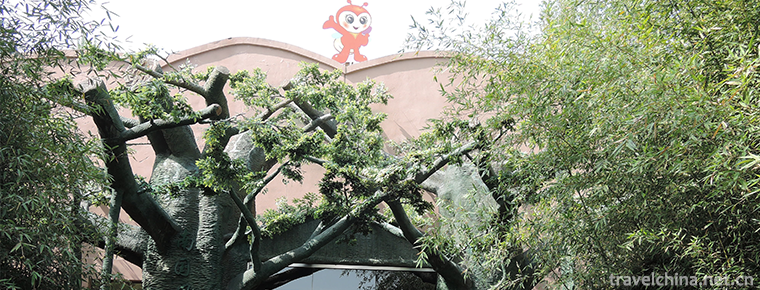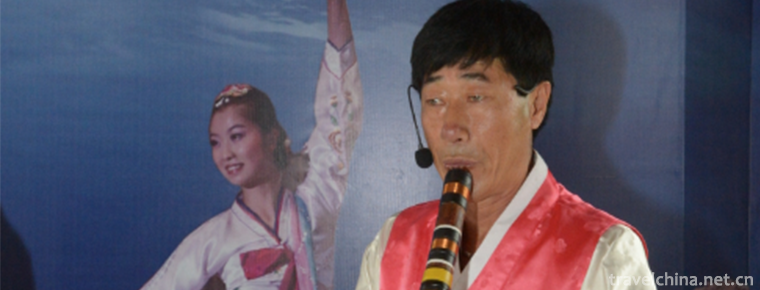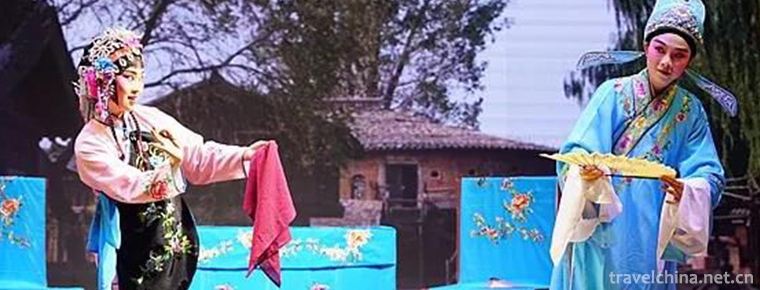Gell
Gell
"Gar", which means singing and dancing in Tibetan, also means "music and dance", because performing Gar has accompaniment of special instruments. On the staff roster of the Tibetan local government, it is called "Dianzhen Garry", which is for music and dance in the clouds. Gaal mainly appeared in large-scale celebrations and occasions such as welcoming the Dalai Lama and Panchen Masters, and other occasions can not be performed at will.
On June 7, 2008, "Gar" declared by the Tibet Autonomous Region was listed in the second batch of national intangible cultural heritage list with the approval of the State Council. Number 682 III-85.
historical origin
Tibetan "Garqiang Mother" means performing dances. Some people used to call Garqiang Mother "the God dancing of religion", "the law dance of religion", "the religious Qiang Mother" and so on, but there are two basic different traditional appellations for this art in various religious schools of Tibetan Buddhism, one is "Garqiang Mother" by other sects except the Gelug sect, and the other is "Sangwei Duoji Garqiang Mother" by the Gelug sect, which means "performing the Vajra Dance of Mizong". Because of their historical origins and the different instrumental music accompanied by their performances, they are called "Aqiang Mother" and "Tongqiang Mother" respectively. The performances of "Aqiang Mother" mainly consist of various drums and cymbals as the main musical instruments, while the performances of "Tongqiang Mother" consist of various brass wind instruments as the main musical instruments. In addition, the historical origin of "Aqiang Mother" was earlier than "Tongqiang Mother". According to legend, in the eighth century AD, Master Lotus and Peanut repressed the enemy of Buddhism, such as Zanab, and achieved this goal by using folk God dance at that time and combining Buddhist sect magic. Since then, when Tibetan Buddhist factions held this activity, there was a statue of the devil called "Lingka" in the tree, and the lamas of Sangye Temple called him "Ruzanab". Whether they are "mother of Aqiang" or "mother of Tongqiang", the basic content they represent is that all kinds of guardian gods suppress the devil.
artistic characteristics
Suitable occasion
Balang encourages people to perform on the fifth to fifteenth day of the first lunar month during the Spring Festival. From the sixteenth day of the first lunar month, the Balang drum will be offered high for use in the coming year. Zhuoni Tibetan calls Balang drum "Shamu". Its place of activity is called "Shamu Stadium", and the day of performing Balang's inspiration during the first month is called "Manla Festival". At that time, each village will be composed of men, young and old, "Sham Team". In addition to dancing and singing in their own village, they will also go to neighboring villages to catch up with the "Manla Festival" for communication. The loud drums and vigorous dancing add endless joy to the Spring Festival.
Form of performance
Before the performance began, a campfire was set up in the center of the "Sha Mu Chang", where tables, chairs and benches were placed for the elderly, who were in charge of the activities. Young people pour tea and pour wine. They are busy before and after running. Children are chattering all over the courtyard. It's a festive scene. Towards dusk, the whole village arrived and a deacon announced the beginning of the performance. The "Shamus Team" danced around the campfire, shaking the balang drum. First singing the prelude "Gentle", then dancing "Kusong Gary", three times in a question-and-answer way to greet each other; then dancing while singing "Shalou Meilou", meaning "Sha Mu" text begins. Following are Spring Bud Spring, Spring Column, Nizhi Dao Yang and so on. The lyrics include congratulations on harvest and festivals, praises of natural beauty and good people and good deeds in their hometown, criticisms of current problems, and guessing fancy pan songs. So they sang until the night wore on. The cock announced the dawn. The host was going to invite the "Sha Mu Team" into the most spacious hall, and the families brought out plentiful festival food and barley wine to entertain the guests. At this time, the representative of the host raised his glass and asked "Long Sufficiency", "Samaru" (Dinner Song), and "Zamaru" (Wine Song). The guests immediately answered with the song, singing to each other, and the climax was repeated. During the festival, married young and old girls return to their mothers'homes, gather together with their families and neighbors, dance "Anisan" and sing "Tongka" songs, and celebrate the New Year in high spirits. In the midst of the morning light, the main guests gathered at the "beach yard", held a farewell ceremony, danced "Gailu", and wished each other a good harvest in the coming year. At this point, the "Manla Festival" of a village is over, and the "Team" is actively preparing to go to the next village to celebrate the "Manla Festival". Balang encourages ruggedness and fitness, and has a strong sense of rhythm and strong romantic local ethnic characteristics.
Inheritance significance
Gal has a long history, beautiful dance shape, unique music style, is a unique etiquette of men's comfortable singing and dancing art.


-
Green Lake Park
Cuihu Park is located at the foot of Luofeng Mountain in Kunming City.
Views: 202 Time 2018-10-21 -
Lanzhou handpulled noodlesLanzhou Beef Noodles
Lanzhou beef noodles, also known as Lanzhou clear soup beef noodles, is one of the "top ten noodles in China", and is a delicious snack in Lanzhou area of Gansu Province.
Views: 123 Time 2018-11-02 -
The Mutianyu Great Wall
The Mutianyu Great Wall in Beijing is located in Huairou District of Beijing, 73 kilometers from the urban area of Beijing. With a long history and splendid culture.
Views: 116 Time 2018-11-24 -
Yishui Underground Fluorescent Lake Scenic Area
Yishui underground fluorescent Lake tourist area is now renamed as the fluorescent insect water tunnel tourist area..
Views: 217 Time 2019-03-03 -
Korean Dongxiao Music
The Koguryo History Music Records records that Dongxiao belonged to the musical instruments of the Tang Dynasty in China. During the period of Shizong in the Li Dynasty.
Views: 126 Time 2019-04-16 -
Hangzhou Reviews
Hangzhou Ci Commentary, commonly known as Xiaoshu, is the traditional art of rap and singing in Hangzhou, Zhejiang Province. It is a kind of folk art that tells stories.
Views: 190 Time 2019-05-02 -
Shouning North Road Drama
Shouning North Road Opera, commonly known as Fujian Random Bomb and Hengshao Opera, came into being after Random Bomb entered Fujian in the mid-Qing Dynasty, such opera troupes as road work, off-road .
Views: 140 Time 2019-06-15 -
University of Electronic Science and Technology Of China
Located in Chengdu City, Sichuan Province, the University of Electronic Science and Technology, formerly known as the Chengdu Institute of Telecommunication Engineering, was deployed by Premier Zhou E.
Views: 186 Time 2019-08-31 -
China Foreign Affairs University
China Foreign Affairs University is a small scale, high level and distinctive foreign ministry's sole institution directly under the guidance of serving the cause of China's diplomacy and cultivating .
Views: 170 Time 2019-11-29 -
Rongxian Gaoshiti Forest Park
The landform of Gaoshiti Forest Park is peculiar, with boulders, odd peaks, valleys and streams forming a typical natural landscape of low mountain landform in southern Sichuan. Gaoshiti Forest Park covers a total area of 182.13 hectares. It was approved as a provincial forest park by the provincial forestry department in 1993..
Views: 171 Time 2020-10-15 -
Neijiang tertiary industry
In 2019, the investment in real estate development in Neijiang City will increase by 2.7% over the previous year. The construction area of commercial housing was 12.4341 million square meters, an increase of 8.9%. The sales area of commercial housing was 4.6939 million square meters, an increase of 8.0%..
Views: 311 Time 2020-12-16 -
Meishan Education
By the end of 2019, there are 824 schools of various types, including 435 kindergartens, 176 primary schools, 165 junior high schools, 26 senior high schools, 17 secondary vocational schools and 5 special schools. By the end of the year, there were 397900 students .
Views: 163 Time 2020-12-18









